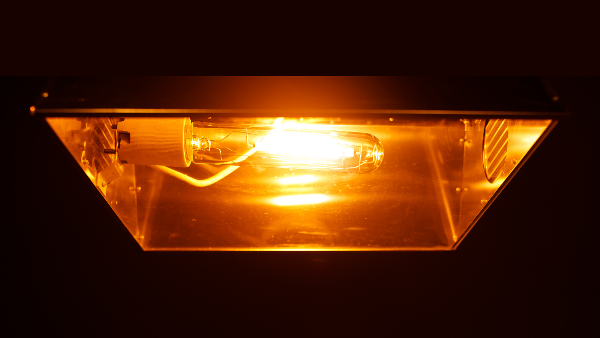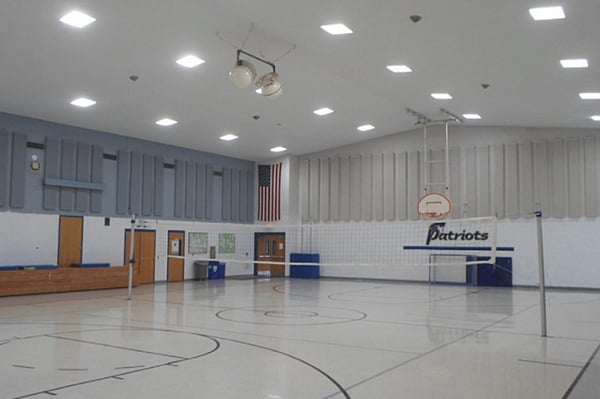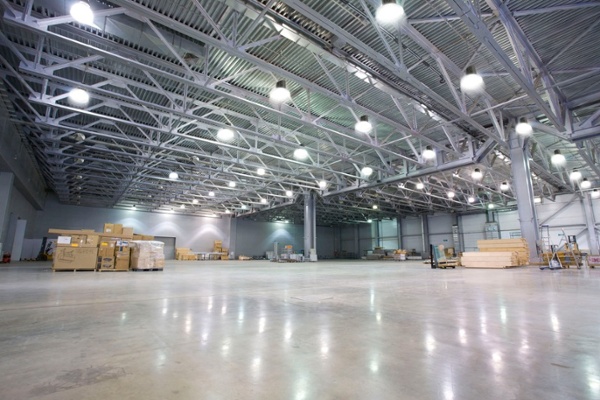
Three Common Problems with High Bay Lights
LED Retrofit,
High Bay Lighting,
LED Lighting,
Fluorescent Replacement Lighting,
Government/Municipal Lighting,
Retail Lighting,
Commercial Lighting,
Lighting Education,
Medical Facility Lighting,
School and University Lighting,
Industrial Lighting,
Interior Lighting,
Hospitality Lighting,
Hazardous Location Lighting


